Trump’s approach to Ukraine strategy and global implications
- Update Time : Thursday, November 14, 2024
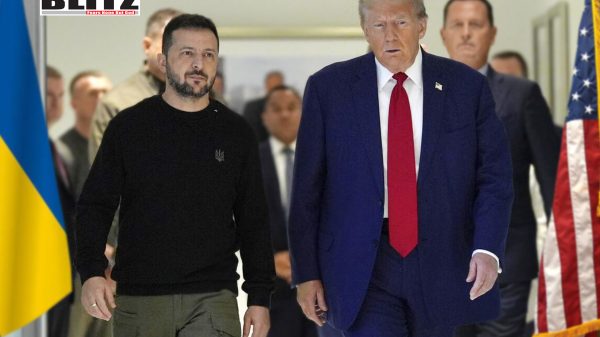
Donald Trump’s approach to Ukraine stands apart from the conventional US foreign policy strategies, in large part due to his background in business and his preference for pragmatism over ideology. While the Biden administration frames the conflict as a moral and strategic stand against authoritarianism, Trump’s perspective leans toward a transactional approach, prioritizing American interests over global dominance. This difference in philosophy could reshape US involvement in Ukraine if Trump takes office, focusing on short-term gains over ideological crusades.
Trump’s foreign policy style is marked by his preference for high-impact, memorable statements and an affinity for using “memes” – symbolic, simplified messages that resonate with his base and convey his intent in a way that is accessible. His recent promises to end the war in Ukraine within 24 hours, while ambitious and likely unrealistic, reflect his desire for a swift resolution. Trump’s previous term provides insights into his policy mechanisms, as seen with the Abraham Accords and his direct negotiations with North Korean leader Kim Jong-un. His strategy often involves high-stakes bargaining, where he deploys visible displays of strength, capitalizing on optics and personal relationships rather than detailed, traditional diplomacy.
This approach contrasts with the methods of the Biden administration, which relies on coalition-building and a long-term commitment to supporting Ukraine’s defense. Biden and his team are rooted in post-Cold War principles, where the United States sees itself as the leader of a liberal world order that must uphold global stability against authoritarian threats. In contrast, Trump’s worldview is more constrained, focusing on specific national interests rather than broader ideological commitments. To Trump and his supporters, America’s resources should prioritize domestic needs and be selectively applied internationally, marking a shift from hegemonic to transactional power.
Trump’s reluctance to fully endorse America’s role as the “world’s policeman” diverges from the traditional bipartisan consensus that has defined US foreign policy for decades. Rather than seeking to uphold an American-led world order, Trump emphasizes selective engagement, where foreign policy is a means to an end rather than an end itself. This selective focus implies that Ukraine, while strategically important, does not represent an existential threat to the United States. For Trump, the stakes in Ukraine are primarily a matter of negotiating favorable terms rather than securing a moral victory.
Trump’s pragmatic view is particularly evident in his reluctance to endorse armed conflict as a solution. While Biden’s administration views the defense of Ukraine as an essential stand against Russian aggression and a reinforcement of the liberal world order, Trump’s statements suggest that he would prefer to use diplomacy, economic leverage, and coercive measures to reach a resolution. Trump’s reluctance to engage in prolonged military interventions could lead him to push for a peace settlement in Ukraine, one that might involve compromises that the current administration would deem unacceptable.
During his first term, Trump demonstrated a penchant for high-profile diplomatic engagements, notably the Abraham Accords in the Middle East and his meetings with North Korean leader Kim Jong-un. These actions underscored his preference for transactional diplomacy and his willingness to pursue unconventional channels to achieve what he deemed strategic victories. The Abraham Accords, while primarily the product of his son-in-law Jared Kushner’s efforts, were achieved through behind-the-scenes negotiations and economic deals that aligned with Trump’s preference for tangible outcomes over ideological purity. However, while the accords succeeded in normalizing relations between Israel and several Arab states, they did not address the underlying issues in the Middle East, as evidenced by the region’s current state of instability.
In the case of North Korea, Trump’s unprecedented meetings with Kim Jong-un broke the long-standing tradition of isolating Pyongyang. However, these talks ultimately failed to yield substantial progress in denuclearization. Trump’s approach relied on grand gestures but lacked a coherent strategy to address the complex issues underlying the conflict. This example highlights both the strengths and limitations of Trump’s approach; he may be able to open doors and shift dialogue, but his methods can falter without a comprehensive plan for sustained conflict resolution.
If Trump were to pursue a similar approach in Ukraine, it could mean a shift toward direct engagement with Moscow. Trump’s willingness to engage with Vladimir Putin has been controversial, as it departs from the prevailing view that Russia represents a fundamental threat to Western values. However, Trump’s more selective, interest-based approach may open up diplomatic avenues that the Biden administration has closed off. By deprioritizing the ideological aspect of the conflict, Trump could potentially de-escalate tensions with Russia and negotiate compromises that would halt the immediate conflict, though these compromises may come at the expense of Ukrainian sovereignty or territorial integrity.
The prospect of such a shift has significant implications for US allies in Europe and NATO, as they may question America’s commitment to collective security under Trump’s leadership. While his approach could foster a temporary peace, it risks creating a precedent where US security guarantees are subject to change based on the administration in power, potentially undermining the stability that NATO seeks to provide.
While Trump’s business-minded, selective approach might create new diplomatic openings, it also presents challenges. The complexities of the Ukrainian crisis and the deeply rooted geopolitical tensions make it unlikely that any solution will be simple or quick. A “24-hour solution,” as Trump suggests, is impractical given the entrenched positions of both Russia and Ukraine, the extensive involvement of NATO allies, and the resistance among US policymakers who view the conflict as a moral imperative.
Moreover, Trump’s approach may be limited by his lack of specific policy ideas and the constraints imposed by allies and Congress. The American public remains divided on the level of support for Ukraine, and Trump’s transactional approach could face opposition from both Democrats and Republicans who see the conflict as a defining struggle between democracy and authoritarianism.
Trump’s approach to Ukraine marks a fundamental departure from the Biden administration’s policies. His business-driven pragmatism suggests a focus on concrete gains and a reluctance to commit to open-ended ideological battles. While this approach could reduce US involvement in Ukraine and shift the focus to negotiations, it may also lead to outcomes that challenge the principles of US allies and weaken the liberal world order.
For Trump, prioritizing American interests over ideological battles may resonate with his supporters, but it presents risks for US leadership on the global stage. In Ukraine, the challenge will be to find a path that balances American interests with a sustainable solution for peace – one that acknowledges the complexities of the conflict without sacrificing the core values that underpin US foreign policy.


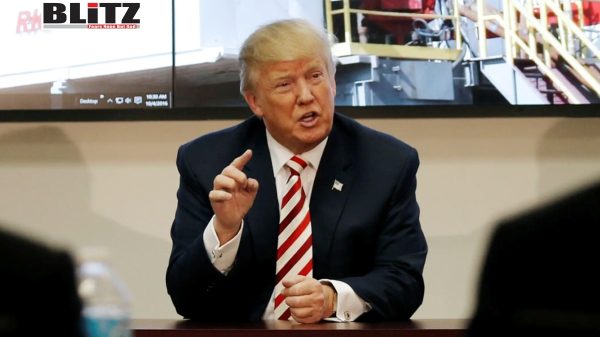
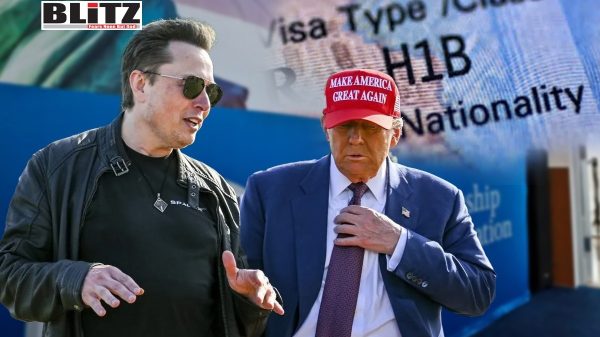
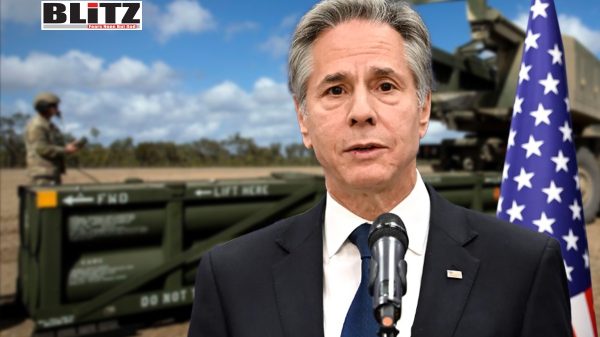
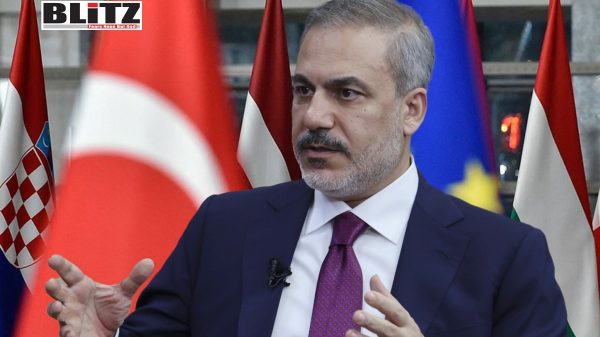

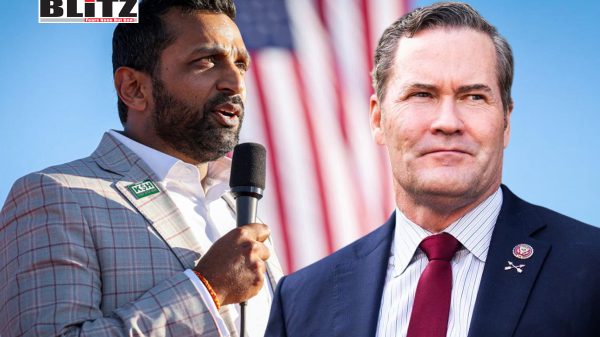

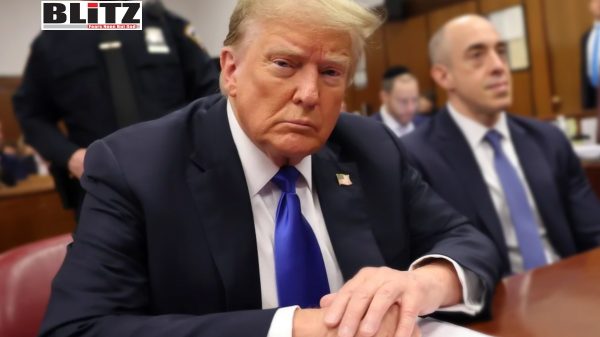
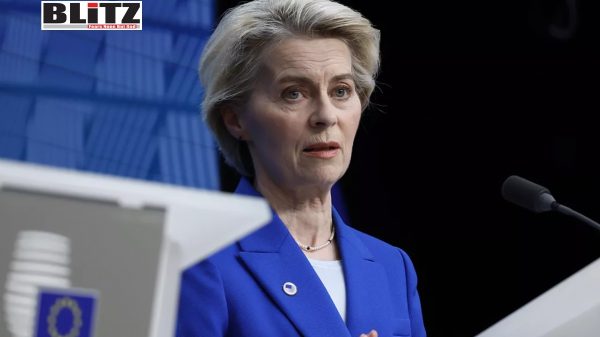

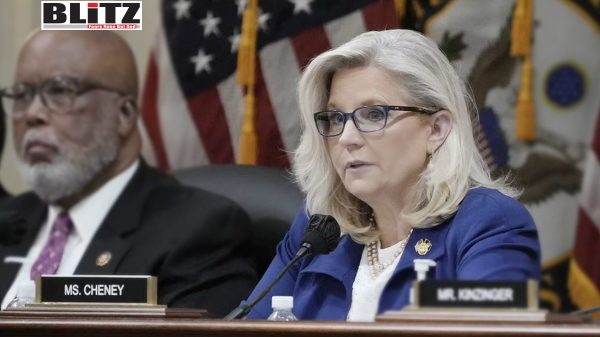


Leave a Reply